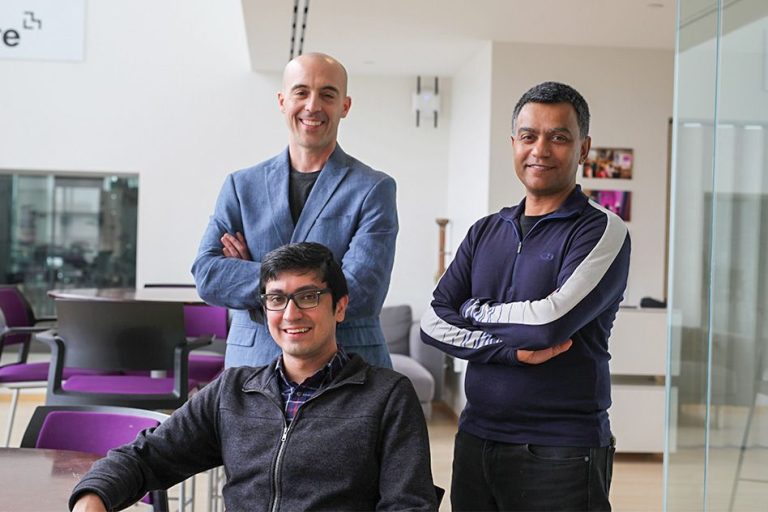The Viral Spread of Falsehood: A Deep Dive into the Dynamics of Misinformation on Twitter
A groundbreaking study conducted by researchers at the Massachusetts Institute of Technology (MIT) has revealed a disturbing truth about the spread of information online: false news travels significantly faster and wider on Twitter than real news. This discrepancy, often reaching an order of magnitude, holds true across diverse topics, from politics to science to entertainment. The findings, published in the journal Science, have profound implications for understanding the online information ecosystem and the challenges posed by misinformation.
The study analyzed a massive dataset of approximately 126,000 news cascades on Twitter, encompassing over 4.5 million tweets by some 3 million users between 2006 and 2017. To ensure accuracy, the researchers relied on the assessments of six independent fact-checking organizations, resulting in a high degree of consensus on the veracity of the news stories. Notably, the prevalence of false news was particularly pronounced within the political sphere.
One of the most striking findings was the stark difference in the spread of true and false news. False stories were 70% more likely to be retweeted than true stories, reaching an audience of 1,500 users six times faster than their factual counterparts. Moreover, falsehoods penetrated deeper into Twitter’s retweet chains, reaching a cascade depth of 10 nearly 20 times faster than true information. The pervasiveness of false news was evident across all levels of the network, with misinformation consistently being retweeted by more unique users at every depth of the cascade.
Contrary to popular belief, the researchers found that bots were not the primary drivers of false news dissemination. Even after removing all bot activity from the dataset, the gap between the spread of false and true news remained significant. This suggests that human behavior, not automated accounts, plays the dominant role in amplifying misinformation.
The researchers hypothesize that the novelty of false information may be a key factor in its rapid spread. People are drawn to new and surprising information, and sharing such content can garner attention and social capital within online communities. To test this "novelty hypothesis," the team analyzed the emotional responses to true and false news stories on Twitter. They observed a distinct emotional profile for false news, characterized by surprise and disgust, while true stories elicited reactions of sadness, anticipation, and trust. Although the study could not definitively establish a causal link between novelty and retweeting behavior, the emotional responses observed are consistent with the notion that the novelty of falsehoods contributes to their virality.
The study’s implications are far-reaching and raise concerns about the impact of misinformation on public discourse and decision-making. While the researchers acknowledge varying perspectives on the civic ramifications of their findings, they concur on the urgency of addressing the spread of misinformation. The fact that humans, rather than bots, are primarily responsible for propagating false news suggests that behavioral interventions, rather than purely technological solutions, may be more effective in combating the problem. The researchers also propose that distinguishing between intentional and unintentional spreaders of misinformation is crucial for developing targeted strategies.
Moreover, the study’s findings could inform the development of benchmarks and indicators for social media platforms, advertisers, and other stakeholders to monitor and mitigate the spread of false news. While the current research focused on Twitter, the researchers believe similar patterns may exist on other social media networks like Facebook, highlighting the need for further research across different platforms.
In the face of the pervasive spread of misinformation, individual responsibility also plays a crucial role. The researchers advocate for mindful online behavior, encouraging users to pause and consider the veracity of information before sharing it with their networks. This simple act of "thinking before you retweet" can contribute significantly to stemming the tide of false news. Furthermore, supporting scientific research on this issue is critical for developing effective interventions and promoting a healthier information environment online. This requires collaboration between industry, government, and academia to fund and facilitate ongoing studies that delve deeper into the complex dynamics of misinformation.
The MIT study serves as a wake-up call, underscoring the urgency of addressing the spread of false news online. By understanding the mechanisms that drive misinformation, we can develop strategies to promote a more informed and resilient information ecosystem. This requires a multi-faceted approach, encompassing behavioral interventions, technological solutions, and ongoing research, coupled with individual responsibility and critical thinking. Only through collaborative efforts can we effectively combat the pervasive spread of falsehood and foster a more trustworthy online environment.


